Eighteen months have passed since the appointment of Robert Stabler at the top of the joint venture Koenig & Bauer Durst GmbH, the company created for the production and marketing of digital printing systems for packaging, operational since 1st August 2019 (the news here). In this period, despite the great difficulties related by the Covid-19 pandemic, the successes of the joint venture were not long in coming. And digital technology brings a new world of flexibility to many packaging markets, particularly in the corrugated industry.
So, we ask Robert Stabler how this has been possible? Robert, your experience is rooted above all in digital. How did you face this new venture?
Robert Stabler – I viewed the challenge with an extremely positive outlook, one that is still the same today even though the pandemic has changed business lives forever. I knew this would be the start of something very special in the printing and packaging industry… with exciting opportunities ahead. Durst and Koenig & Bauer have stand-out technologies and market expertise. Koenig & Bauer Durst joint venture was formed because of the high growth in digital applications for folding carton and corrugated markets. This new, standalone business leverages the highly complementary expertise and capabilities of these two world-renowned companies to offer state of the art products, optimized solutions for our customers including a flawless service and support.
Our initial focus was on the joint development and marketing of single-pass digital printing systems for the folding carton and corrugated industry. Both are ripe for digital transformation. Run lengths are declining in both segments and brands are crying out for good, cost effective, short-run and versioning solutions, which we provide. This meant the best of Durst, with its expertise in digital imaging, production systems, inks and software integration, and Koenig & Bauer, with its mechanical knowledge, high duty cycle process, engineering, paper transport capabilities. Both of course also have highly experienced teams with great go-to-market expertise.
MPA – The portfolio includes the Koenig & Bauer CorruJET 170, the Durst SPC 130 and the VariJET 106, as well as all associated services and the ink. The Delta SPC 130 FlexLine is a complete system including software for order management, color profiles and process automation. Following your experience Robert, you are in your environment. But how do customers, accustomed to flexo and offset printing, react? Do they find it difficult to accept the principles of digital? Or do they know and appreciate the benefits?
The need for fast, automated, reliable and agile printing systems able to print Just In Time box variants, flute size and colours, as well as a commitment to sustainability, are all crucial, as is the type of packaging used.
Robert Stabler – Converters are increasingly accepting the principles of digital, especially because they know this is the future with modern market demands. The pandemic, in my opinion, will continue to accelerate change. In these unprecedented times, high speed digital printing not only enables brands and converters to react fast to changes in demand and to build new supply chain efficiency business models but also enables brand owners to create new ways to cut through the clutter in store and get stand out for their brand. Increasingly they are taking a more active interest in the packaging that has become ever-more important as a marketing tool.
The need for fast, automated, reliable and agile printing systems able to print Just In Time box variants, flute size and colours, as well as a commitment to sustainability, are all crucial, as is the type of packaging used. All our systems use new water-based inks to ensure food safety compliance for primary packaging and extend the colour gamut. This, in turn, will impact positively on brand management for brand owners who are also driving change.
MPA – The recent installation at Rondo Ganahl, seems that this machine has increased their production by 30%. In general, digital printing is associated with short-run production. How can this growth be explained?
Robert Stabler – Ultimately, it is the changes to consumer purchasing habits that are driving the growth. For instance, retail market research demonstrates that ‘impulse purchases’ are far more likely when the packaging is personal or changed on a regular basis. Brands therefore are striving to have ‘stand out’ in store. We see brand owners creating specific packaging for different channels and changing packs more regularly to get this ‘stand out’. What in the past may have been one SKU (Stock Keeping Unit) is now 20 or 30 variants that are changed each quarter. This is underpinning the growth of digital.
Around 90% of Rondo Ganahl’s packaging is for food production. The Delta SPC 130 FlexLine Automatic, with its water-based technology from Durst, is providing the solutions for delivery to the food industry. Since the move into digital production for the first time, Rondo Ganahl has seen digital production rise by around 25-30% every year. The growth can also be explained in part by its customers making repeat orders.
Retail market research demonstrates that ‘impulse purchases’ are far more likely when the packaging is personal or changed on a regular basis.
MPA – How will the market for corrugated printing machines change? What impact will this evolution have on the production of large format flexographic and offset presses, of which Koenig & Bauer is a leader? And which in the opinion of your colleagues in Koenig & Bauer ?
Robert Stabler – The bigger picture is that market demands overall are changing. For companies such as Rondo Ganahl, lead times are going down and artworks are changed a lot at short notice. The luxury of having weeks to complete a job are a thing of the past. With fast shifts in demand, converters increasingly recognise that they need a reliable, versatile and all-in-one digital solution to meet brands requirements for fast turnaround of jobs. Being able to print digitally means companies can be flexible and able to deliver the requirements virtually immediately. There is huge potential in digital production where the excellent print quality matches litho production.
Digital technology brings a new world of flexibility to many packaging markets, particularly in the corrugated industry. In today’s ultra-competitive commercial environment, we frequently hear from prospective customers who say they are worried about the difficulties of providing excellent brand color matching and meeting future demands for sustainable packaging products. Brands demand shelf-ready and retail-ready packaging in small and medium-sized job runs to be produced economically. They also expect their converters to create samples, customisation and versioning immediately. All this points to an increasing growth market for digital packaging printing.
Let’s not forget that although digital is definitely the fastest-growing print segment, in the overall picture it only accounts for less than 5% global production by volume, although now boasts around 20% of the total global market value.
In this context the market for both flexographic and offset presses in the packaging segments will continue to thrive. Packaging is a growth industry and Koenig & Bauer is very well placed to capitalize on this growth through its new CorruCUT flexographic solutions and the Rapida series of market leading folding carton offset presses. We therefore see having automated, highly productive digital presses as a complementary offering for customers looking to offer new added value and highly profitable services to their brand clients.
MPA – This introduces us at the commercial organization of the joint venture. How is it organized in particular for the Italian market? What advantages has the synergy between large format offset printing for cardboard and the new digital printing of Koenig & Bauer Durst brought or can bring not only to the market, but also to Koenig & Bauer, in particular on the Italian market which is very active in paper converting.
Robert Stabler – Both the Joint Venture parent companies are very well positioned in the important Italian market. The SPC130 and CorruJET170 presses will be marketed through the Durst organization with its established leadership position in sales and service for digital printing. The VariJET 106 digital press will be marketed through Koenig & Bauer Italy with its unrivalled capabilities in service and sales to the folding carton market.
Thank you Robert


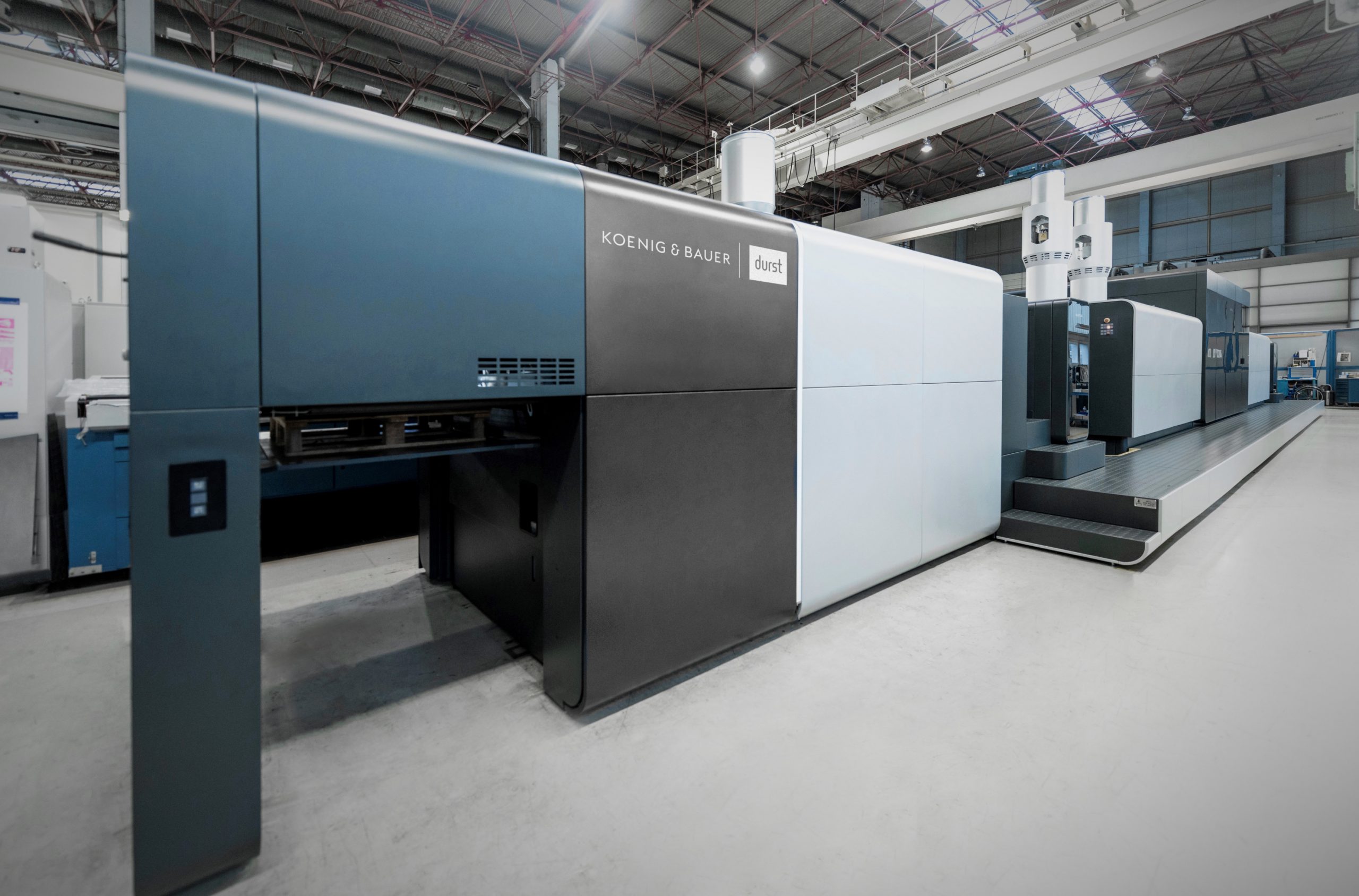

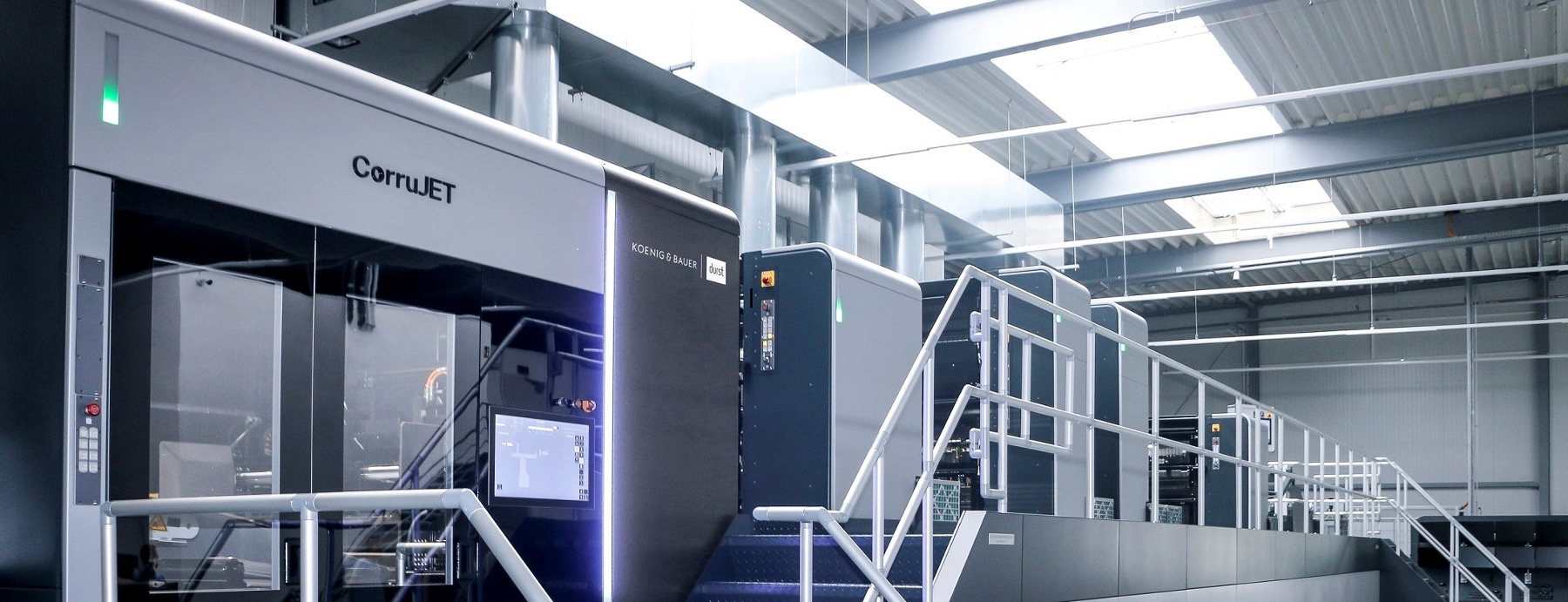
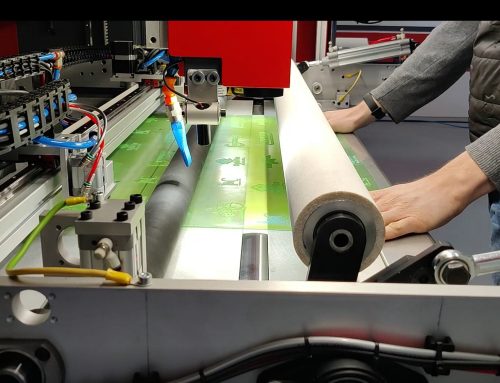
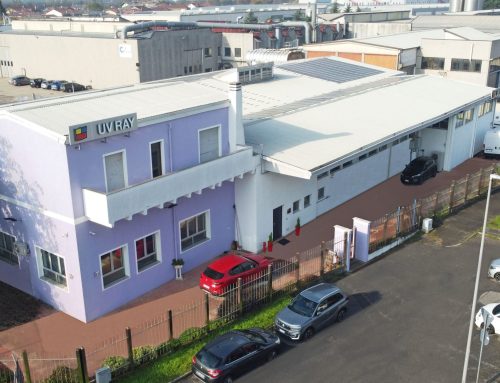

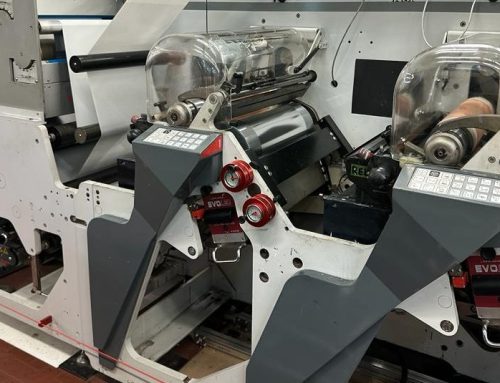
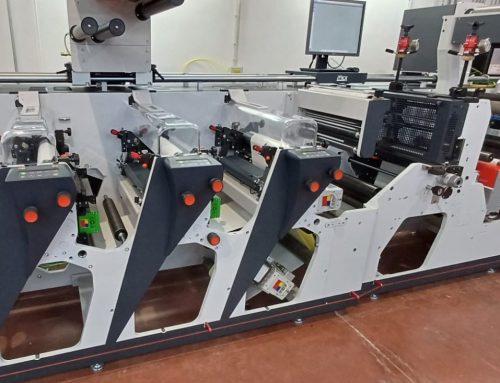
Leave A Comment